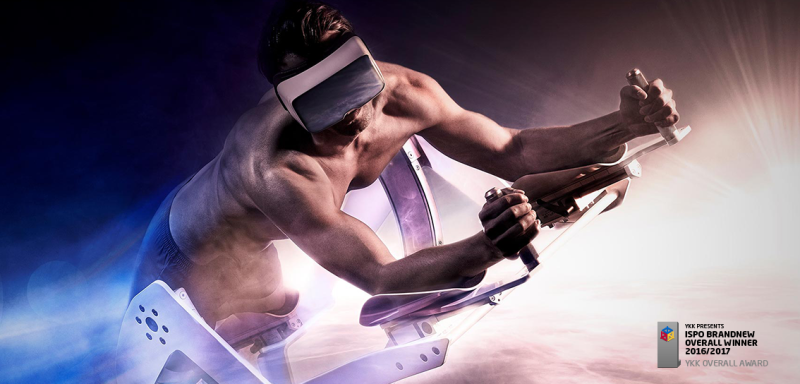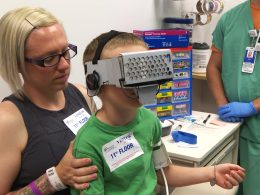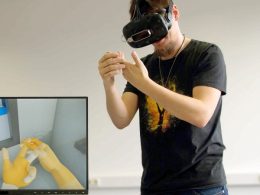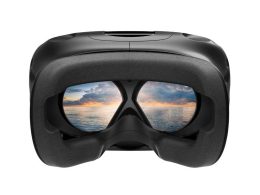I've FINISHED! British cyclist Aaron Puzey cycled 1,500 kilometres across Great Britain without leaving his living room. VR glasses and Google Street View made it possible. On his Blog he documented his endeavour, which involved 85 hours of cycling over 8 months. He then announced his arrival on 23 January 2017, with BBC even visiting his home to film the event for the final spurt.
Fitness with VR is an ingenious way to spice up your daily training routine. There's almost nothing more boring than training your stamina in a fitness centre. That's why I've always been a proponent of outdoor training - in almost any weather. Until now, you could only distract yourself indoors with the TV. But that was never really motivating for the sport itself. VR opens up a new world with many possibilities that even I could enjoy. You will be able to compete against other athletes from all over the world and complete runs all over the world. Want to quickly run the New York marathon on a rainy weekend? No problem with VR.
Fitness for VR is in demand
Numerous companies have long recognised the potential of VR for sport. One of many manufacturers of endurance equipment, for example, is VirZoom. The company combines VR with an exercise bike developed for this purpose. The handlebar grips contain buttons like a gamepad. Virzoom provides games that are played via a PC and an Oculus Rift or Vive headset. Users move through the applications using the pedals and head movements.
The work-out with VR
But it's not just endurance equipment that is on the rise. There are already solutions for workouts too. A device that was also used at the last Consumer Electronics Show (CES) The first company to make a name for itself in Las Vegas was Icaros. Burning calories while gliding through the air is the motto: with "Icaros", a Munich start-up has developed a piece of sports equipment that allows users to fly virtually and also trains the body. The team of developers includes a sports student and an orthopaedic surgeon. The latter has examined the user's posture on the device and declared it to be safe. By balancing on the Icaros, almost all muscle groups are to be trained, with the abdominal and shoulder muscles being particularly stressed, according to the manufacturers.
From my point of view as a fitness trainer, however, some muscle groups are missing, including some very important ones. A few more functions would have to be added to give the user a meaningful, comprehensive strength training programme. It will also be particularly exciting if the equipment can provide feedback on the user's posture.
Incidentally, some Swiss developers are also working on a similar project. The device, which was developed by students at the Zurich University of the Arts (ZHdK) is being developed under the name Birdly. Whereby the dream of flying is probably more important than balance and strength training.
Source: Welt.de / Youtube / Icaros









